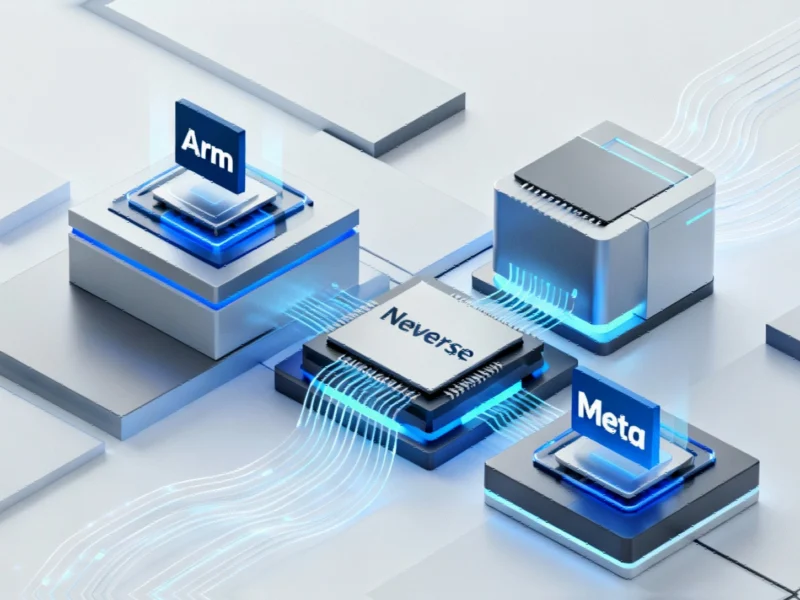According to XDA-Developers, a technology journalist recently experimented with using Google’s NotebookLM as an unconventional video creation tool, despite the AI research assistant not being designed for video editing. The writer tested the Video Overview feature, which normally creates narrated slides from notebook content, but discovered it could generate surprisingly sophisticated animated illustrations when given creative prompts. By selecting from styles including Anime, Paper Craft, Heritage, and Retro Print, and providing specific thematic instructions like “focus on the themes of fear, folklore, and supernatural belief,” the tool produced compelling visual narratives. The generated videos required minimal cleanup in external editors like CapCut, taking only about ten minutes to refine by removing audio and text-heavy sections. This experiment reveals unexpected creative potential in what’s primarily marketed as a research tool.
The Quiet Convergence of AI Tools
What makes this experiment particularly significant is how it reflects the broader trend of AI tool convergence. We’re seeing specialized AI applications increasingly capable of performing tasks outside their original design scope. NotebookLM was conceived as a research and study companion, yet its underlying multimodal capabilities enable creative applications the developers may not have prioritized. This pattern mirrors what we’ve seen with other AI tools – ChatGPT generating images, Midjourney handling text, and Claude analyzing documents. The boundaries between research tools, creative assistants, and content generators are becoming increasingly porous, which has profound implications for how we think about software categories and user workflows.
The Coming Disruption in Content Creation Tools
The ability to generate basic animated content from research notes represents a potential disruption point for the content creation market. While NotebookLM won’t replace professional video editors like Premiere Pro or DaVinci Resolve anytime soon, it could threaten simpler animation tools and template-based video platforms. The fact that users can generate thematic illustrations from text descriptions – without any design skills – lowers the barrier for creating visual content significantly. This positions AI research tools as potential competitors to entry-level design platforms, forcing established players to either enhance their AI capabilities or risk losing users who discover they can accomplish basic creative tasks with tools they already use for other purposes.
The New Creative Workflow Paradigm
Perhaps the most interesting aspect of this experiment is the hybrid workflow it demonstrates. The user didn’t attempt to use NotebookLM as a complete video solution but rather as a creative starting point that fed into traditional editing tools. This represents an emerging pattern in AI-assisted creativity: using AI for ideation and initial asset generation, then refining with human expertise and traditional tools. For content creators, this means developing new skills in AI prompting and understanding which parts of the creative process benefit most from AI assistance versus human touch. The most successful creators in the coming years will be those who master this hybrid approach, knowing when to leverage AI for efficiency and when to apply human judgment for quality.
Strategic Implications for Google and Competitors
For Google, these unexpected use cases present both opportunity and challenge. On one hand, discovering that users are creatively repurposing NotebookLM validates the platform’s flexibility and could inform future development priorities. However, it also raises questions about product positioning and resource allocation. Should Google lean into these creative applications or remain focused on the research and education market? Competitors like Microsoft with Copilot and Anthropic with Claude will be watching closely, as these findings suggest there’s untapped potential in making AI assistants more creatively capable. The race may no longer be just about who has the best research assistant, but who can build the most versatile creative partner.
The Reality Check: Current Limitations and Future Potential
Despite the promising results, the experiment revealed significant limitations that highlight where we are in the AI content creation journey. The tool struggled with specific visual instructions like color palette requests and couldn’t exclude text from graphics when prompted. These limitations underscore that while AI can generate impressive content, it still lacks the precision and control that professional creators require. However, the rapid pace of AI development suggests these limitations may be temporary. Within the next 12-18 months, we can expect much finer control over generated content, potentially making tools like NotebookLM viable for more professional applications. The key will be balancing ease of use with the granular control that serious creators demand.




